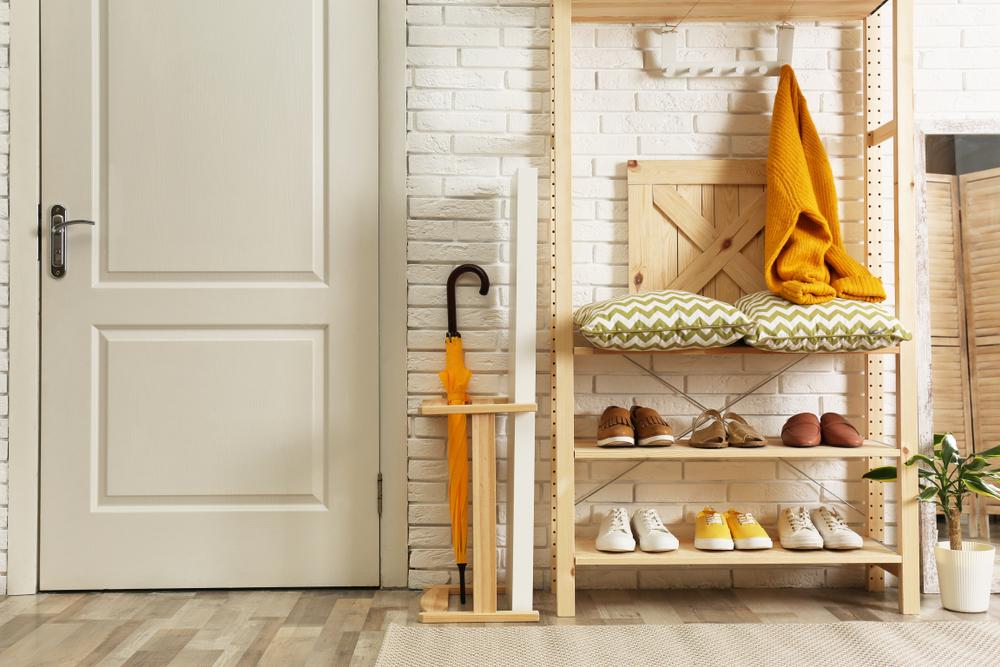While some Americans have trickled back to the office, a large percent are staying home, and with this new work-from-home reality, it seems we have forgotten how to get dressed in the morning. Without any expectation to dress up, it’s easier to not put on proper clothing, leaving us to wander through our spaces looking disheveled and vacant.
It seems we don’t know how to be home any longer. Specifically, we don’t know how to be home on purpose. We have all donned sweatpants on the bottom half of our bodies, with the occasional crisp shirt only for the necessary work video call. Obviously, comfort is king, but the lordship of comfort has become so unseemly, sloppy, and stretched out. When did our homes become places where we don’t care?





